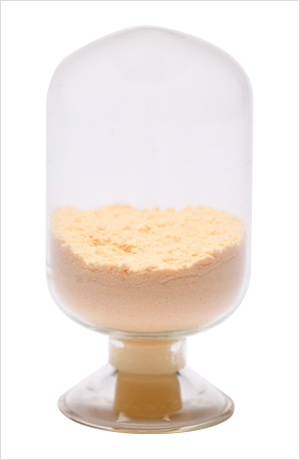 Products
Products  M-DEX
M-DEX 
An additive for molding sand for automated molding lines (improver for defective casting) - Added to green sand molding
| Manufacturer | Sungjin F.T |
|---|---|
| Address | 37, Saenggoksandan-ro, Gangseo-gu, Busan, Republic of Korea |
| Phone | +82-51-324-8855 |
| Contact (person-in-charge) |
+82-10-3855-8625 |
| mdex@m-dex.com |
- Patented in 1994: Manufacturing Method for Organic Binders for Casting
- A molding sand binder without the limitations of dextrin that is typically used in an automated line for green sand
- The advances in molding technology have improved the mass production of small- and medium-sized products and the control of molding sands. The limitations to molding sand control using the existing dextrin were analyzed and studied, and based on the results, M-DEX was developed for the purpose of producing high-grade cast products.
- Increased mold filling capability
- Prevention of thermal expansion defects
- Low possibility of gas generation
- Easy of water management
- Prevention of scabs
- Improved workability
- M-DEX begins to react at about 270°C and undergoes near-complete carbonization at 570°C. Thus, the mold gets absorbed into the voids, which have become partially burned and disappeared, and the thermal expansion power gets reduced as a result.
- The product is directly carbonized by the heat from the molten metal, thus enhancing the disintegrability of the mold and facilitating the blasting process.
- Gas generated due to the M-DEX additive is safer than those generated from coal minerals and synthetic resin. The chance of gas generation is also low.
- The fill index is lowered so as to increase the fluidity of the sand even at low moisture levels.
- It improves workability and enhances the ease of managing the molding sand.
- As a product made with polymer foam, M-DEX has a porous structure with micro-pores. It is insensitive to temperature changes and directly absorbs heat from a heat source, yet it does not easily transfer the heat to the surroundings. This is how it can reduce the degree of thermal expansion.
- It is significantly effective in minimizing defects such as scab, which appear when molten metal penetrates into the space where moisture became condensed and burst due to heat transfer.